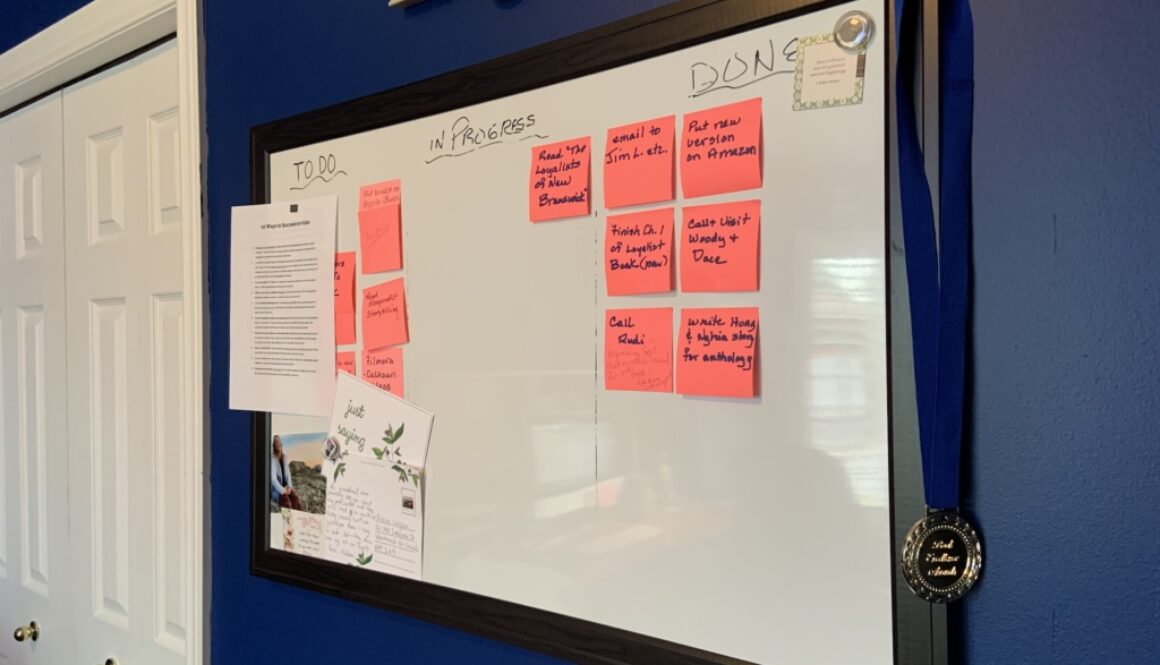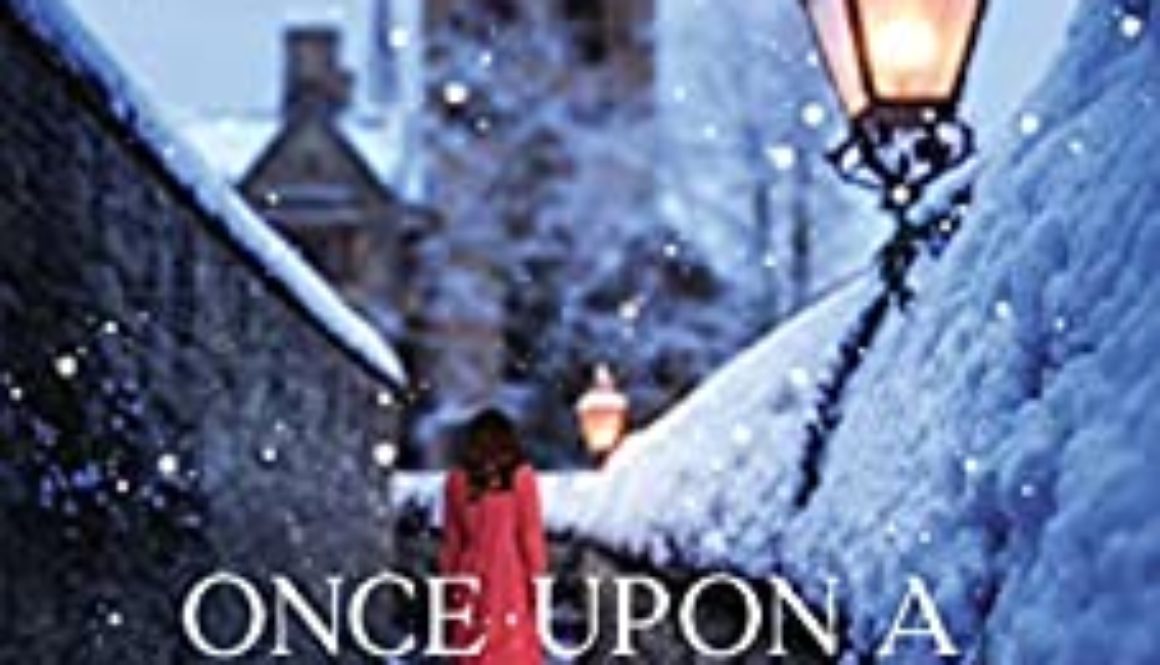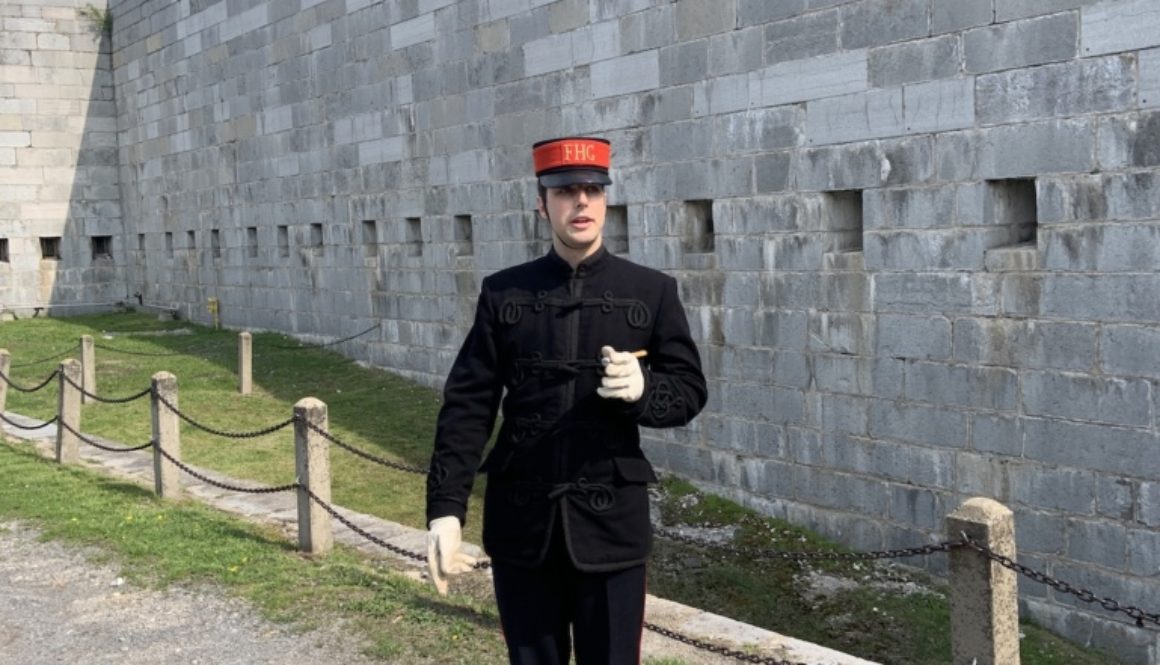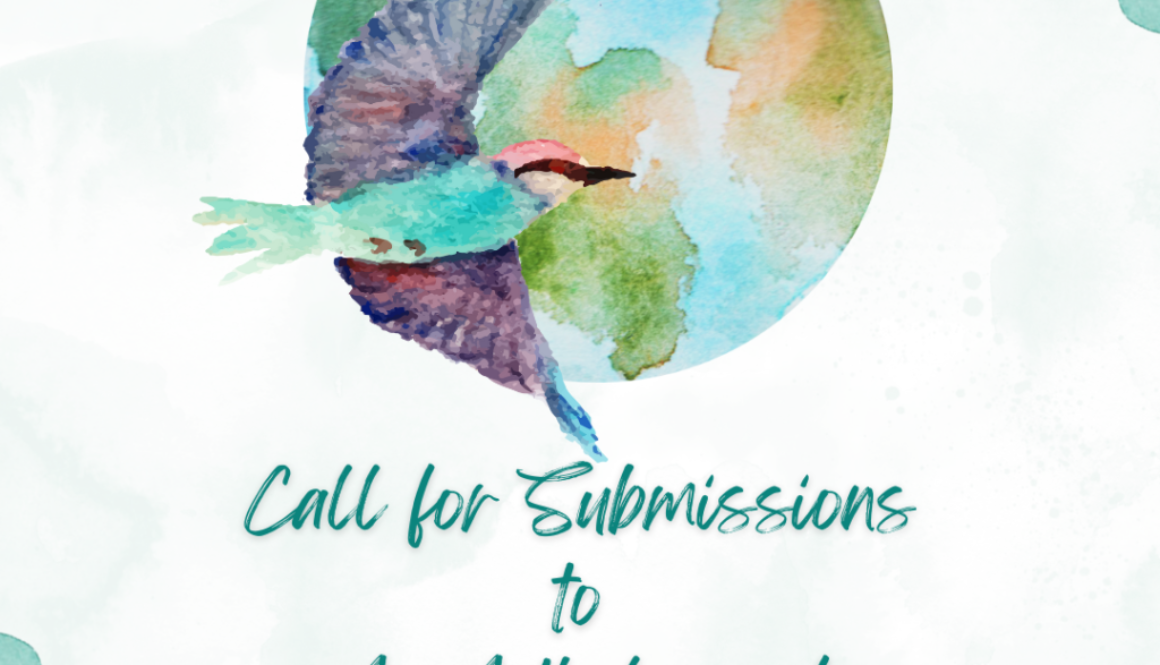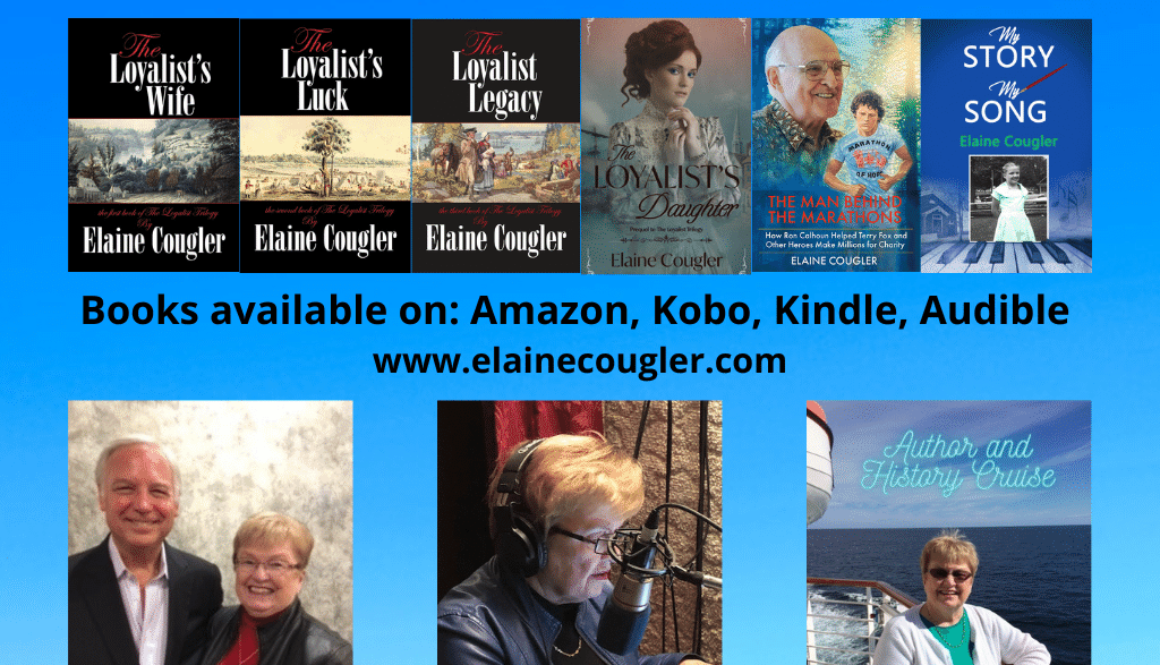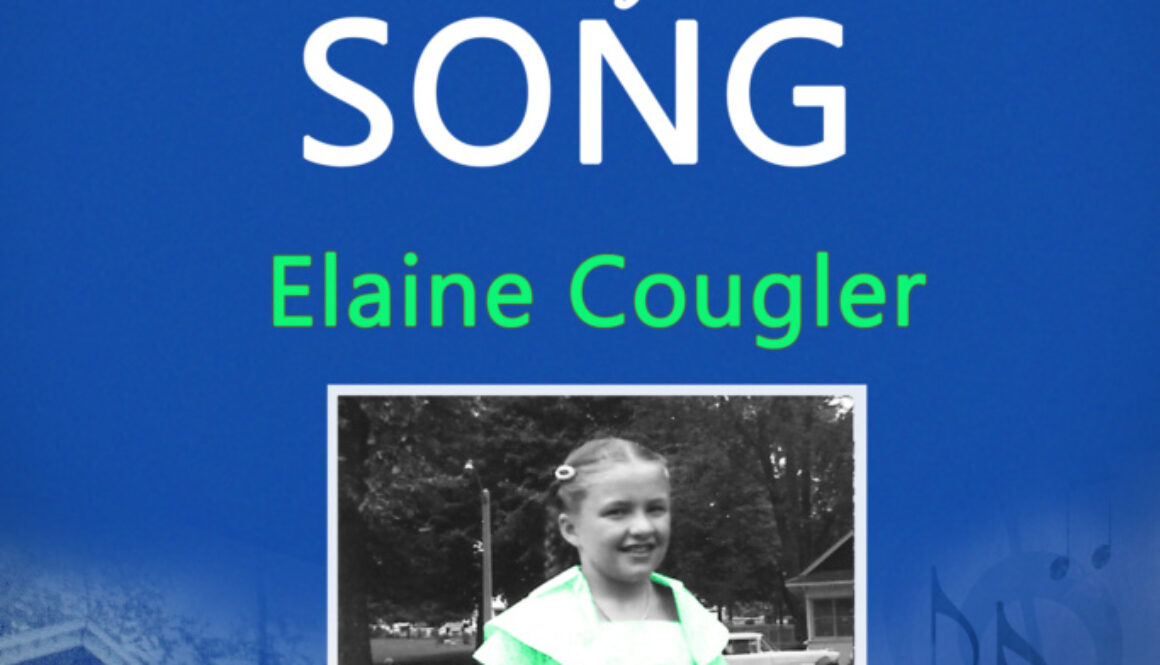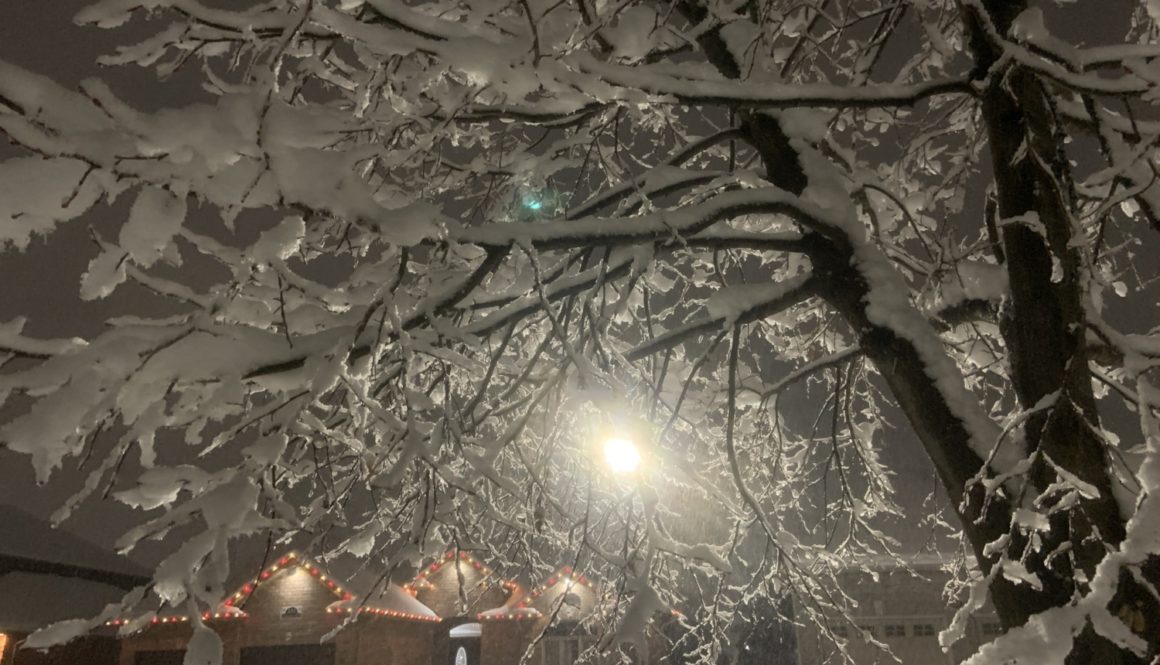How do You Do It?
“How Do You Do It?”
That question often meets me as I come away from the podium. So often, in fact, that I thought I’d write about how I accomplish what I do regarding my writing.
I have always loved to write so that is a given but when I left teaching and my son prompted me about just when I was going to write a novel, I got serious. The most important thing I did was spend time on writing every day. First it was in writing journal entries, and I have books of them written by hand and on my computer.
Then I got the idea to write stories from my childhood for posterity. My partner in crime for all those years, my brother, told me they weren’t exactly how he remembered the stories. That was a lesson for me–we all remember things differently. My Version then led me to writing about my husband’s and my early married years before we had children and then when those kids were young.
Along about the same time I was writing my own music and I put together a book of my own songs, Songs From My Heart, a couple of which found their way into my latest published book, My Story, My Song. Notice how well-thumbed the pages are!
These songs helped me hone my use of words in my writing, a skill that has helped tremendously in my books. Below are my current six books already published. I keep them on my shelf so I can smile and look at them when I need a little encouragement.

Here are a bunch of advertising bookmarks, playing cards, and handout cards, as well as flash drives which contain the copies of my books in audio format. That was another thing I learned to do by doing–almost all of my books are not only e-books and print books, they are also audio books on Audible.

A few books I found for research. I bought many books but I borrowed many more from various libraries, online and in-person.

I talked to speakers at every writing conference I went to, and still do. I learned to be brave in contacting them and learning from them. I blogged about their sessions and I sent each of them the link to my work. They were excellent for teaching me new things I needed to know. I only had one I had trouble with.
That person had spoken about her practices in building her audience. One of her habits was to be controversial on her blog post. I wrote a nice piece about what she had taught me and she commented on the post in a nasty tone saying I’d left something out. I can’t remember exactly what but I knew what she was doing–trying to create controversy. That is not who I am so I took control. I took my post down in which I had praised her. That meant her nasty comment was gone, too.
I bought a white board and set up my own version of a KanBan board.
I have 3 columns: To Do/Work in Progress/Done. And I use sticky notes to move between the columns. I noticed that I have to update my Work in Progress column as I have many more things I’m working on. (My husband bought me the wonderful imagine sign!)
I contacted many groups to offer my services as a speaker/writer/author, at first for free, but eventually for a fee and the agreement that I could sell my books there. To this day I sell a lot of books when I go out and speak and include a couple of readings in my talk. It’s also a lot of fun.
I pick cliffhangers and parts that grab the readers’ attention, hoping they’ll need to know what happened. One of my favourite sections has Lucy waking up in bed to a sound in the cabin where she is by herself. She is screaming her husband’s name. I end the chapter with “She flew up in the dark. Someone was in the room.” (The Loyalist’s Wife.)
Every time I get a new idea for marketing I forge ahead. Sometimes, I decide not to do it. Just as with social media, you have to pick only the platforms that work for you. I use Facebook, both my main account and my author page, I have an Amazon author page and several others of that type and I use LinkedIn. Early on, I used Twitter a lot to find out who knew what I had to learn but I’ve moved away from that, now. I investigated doing a podcast but decided the time and money involved was not for me at this time in my career. I’ve been following my daughter’s journey in that regard and it is fascinating. She (Beth Cougler Blom) is launching her podcast as we speak. Here’s the link.
Many more ideas come to me but these will get you thinking. Just make sure you do something every day for a specified amount of time–researching, writing, editing, advertising, or connecting with other writers. It’s the regular habit that will make you no longer a wannabe writer but one with credits to your name and money in your bank account. Good Luck! You can do it!
